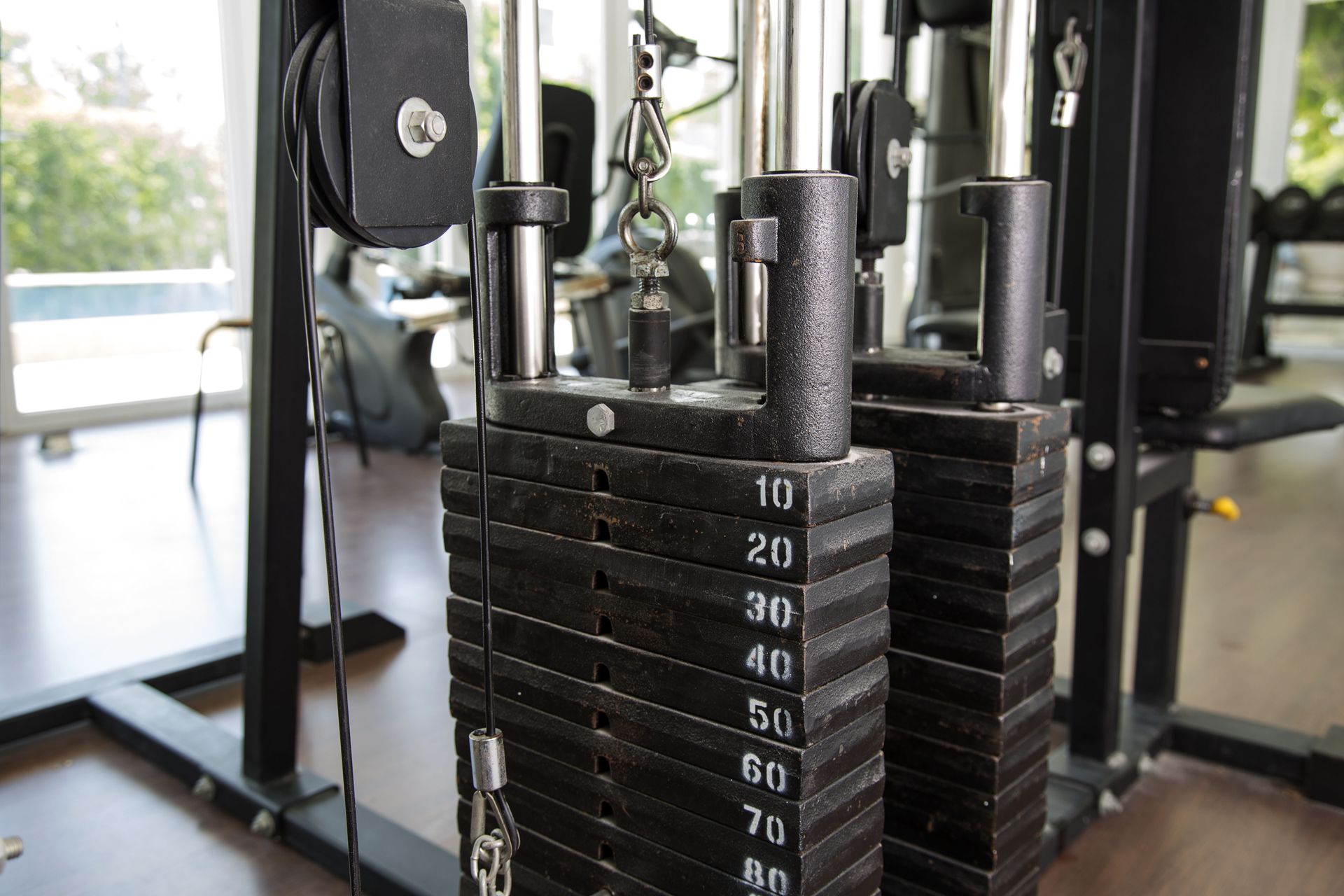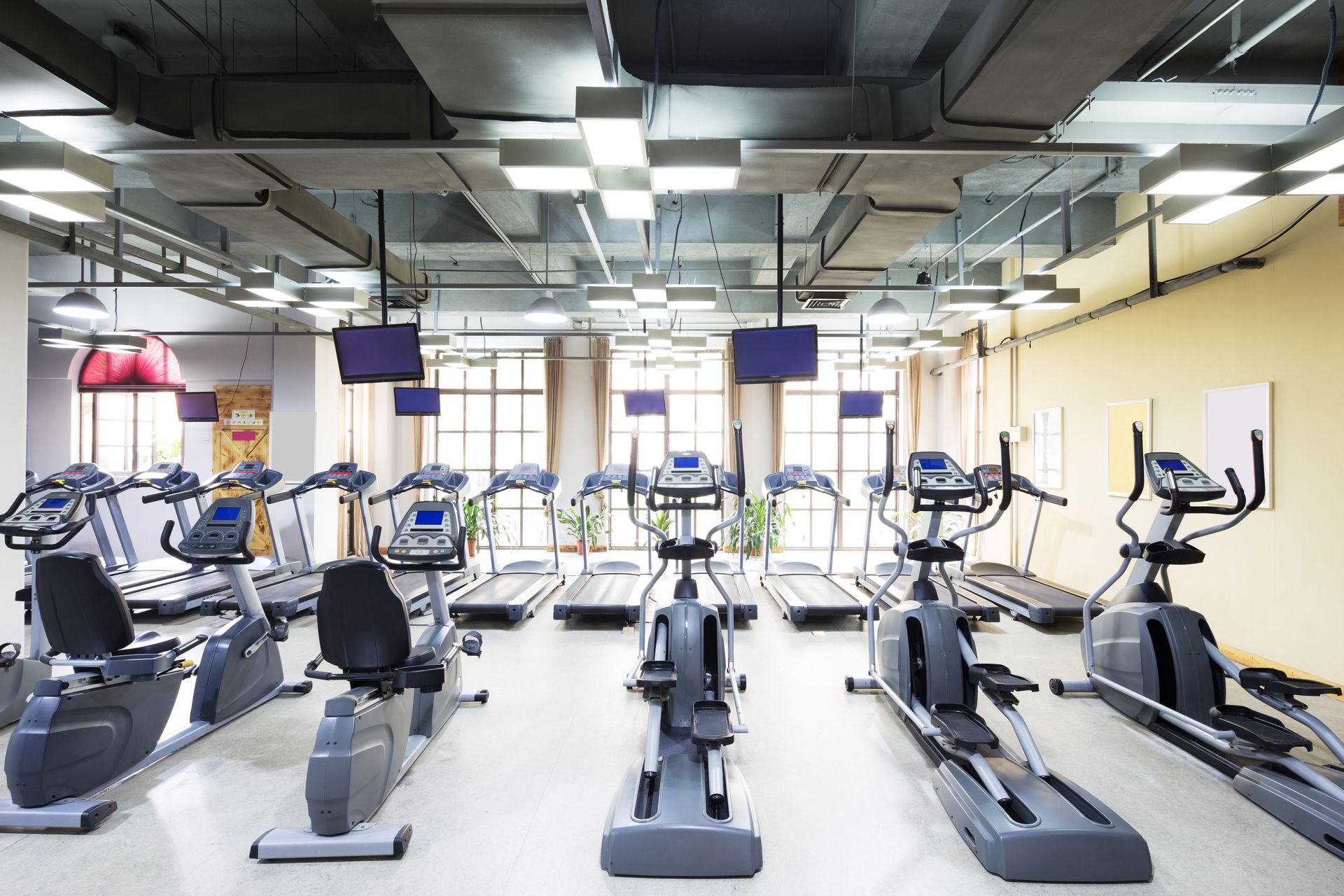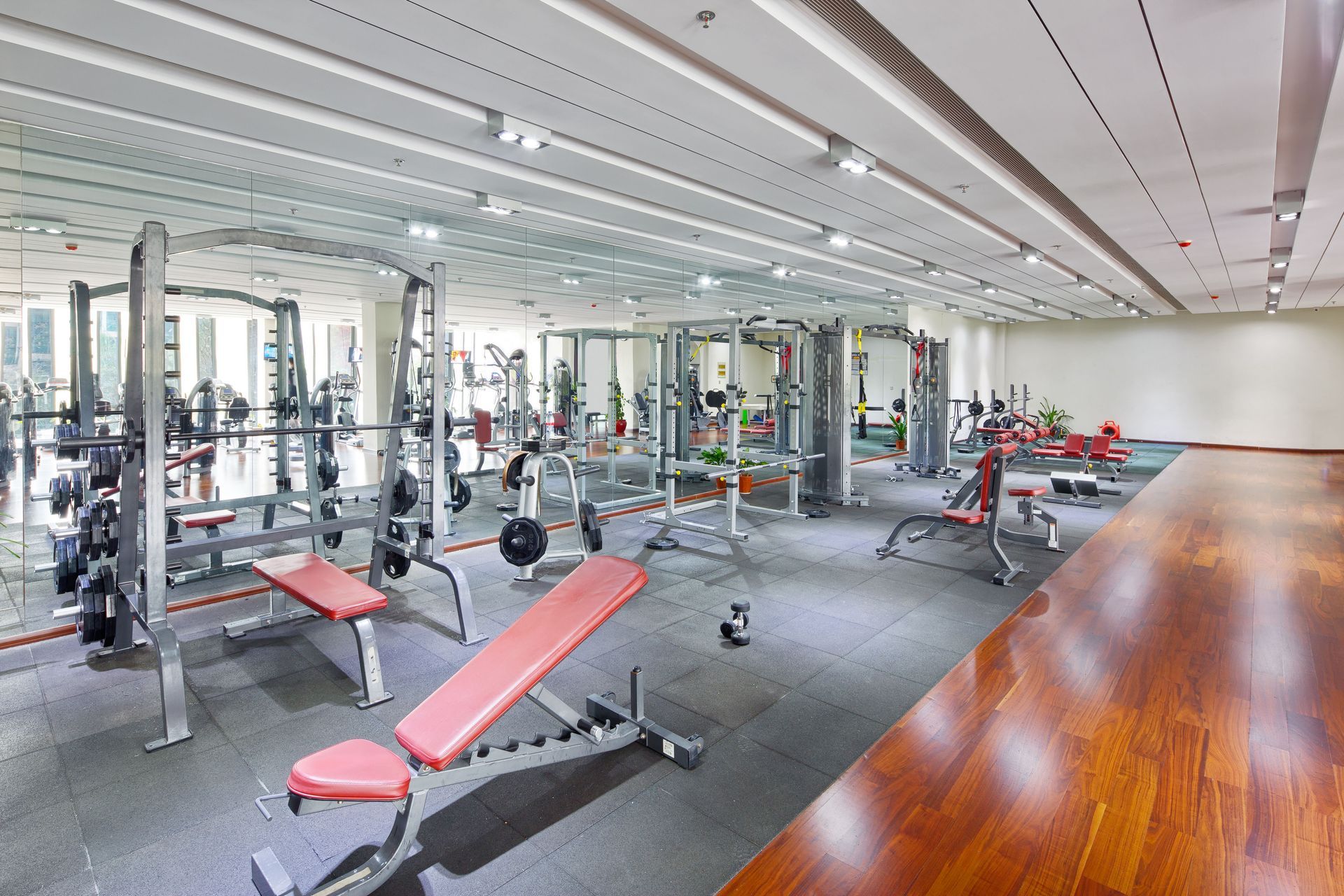Why a Good Athletic Training Facility is Crucial for Athletes
A good athletic training facility is the cornerstone of athletic development and long-term success. It’s where athletes refine their physical abilities, strengthen mental focus, and receive professional guidance tailored to their goals. From advanced equipment to certified trainers, the quality of a facility directly influences performance, safety, and consistency. Whether for youth athletes or seasoned professionals, having access to a well-equipped, well-managed training facility is key to achieving and sustaining peak performance.
1. Enhancing Physical Performance
1.1 Strength Development
Top-tier training facilities offer specialized strength zones with professional-grade equipment. Resistance machines, free weights, and plyometric stations are designed to build power, speed, and endurance. Trainers create progressive strength programs that match each athlete’s sport and goals. A good athletic training facility provides both the tools and the expertise needed to help athletes perform more efficiently and powerfully.
1.2 Endurance Improvement
Endurance is best developed in an environment that supports structured conditioning. Facilities equipped with treadmills, cycling machines, and interval stations enable athletes to safely expand cardiovascular capacity. Quality athletic training centers also monitor heart rate and energy output to track improvement over time. This ensures athletes can perform longer, recover faster, and maintain their energy throughout demanding competitions.
1.3 Speed and Agility
Facilities with turf areas, agility ladders, and sprint lanes allow athletes to improve reaction time and movement control. These setups make speed and agility drills more effective, translating into faster acceleration and sharper direction changes. A dedicated training facility gives athletes the space and equipment to work safely on precision, balance, and control during high-intensity sessions.
1.4 Flexibility and Mobility
Modern training facilities integrate yoga spaces, stretching zones, and mobility tools such as foam rollers and resistance bands. These areas help athletes increase flexibility, improve posture, and prevent injuries. Having these resources on-site encourages consistency in mobility work—a vital yet often neglected aspect of overall performance.
1.5 Coordination
A quality facility provides balance boards, stability balls, and reaction-based tools that improve coordination and motor skills. Trainers use this equipment to help athletes refine body awareness and control. A good athletic training environment promotes the integration of these exercises into every workout, resulting in smoother, more precise athletic movement.
2. Injury Prevention
2.1 Identifying Risk Factors
Professional athletic training facilities use advanced screening technology—like motion analysis and biomechanical assessments—to identify risk factors before injuries occur. Trainers evaluate posture, gait, and movement efficiency to detect weaknesses that could lead to injury. This data-driven approach allows for tailored programs that strengthen problem areas and prevent setbacks.
2.2 Strengthening Vulnerable Areas
Facilities often include rehabilitation zones equipped with resistance bands, balance trainers, and therapy stations. These help fortify muscles and joints that are prone to injury. In a well-equipped training facility, targeted workouts and ongoing assessments minimize the risk of re-injury and support long-term athletic health.
2.3 Recovery Protocols
Recovery is a top priority in high-quality athletic training facilities. Many offer cold tubs, massage therapy, compression systems, and infrared saunas to aid muscle repair. Structured recovery areas allow athletes to decompress, repair, and return stronger after training. These amenities support overall longevity in athletic performance.
2.4 Safe Training Practices
Safety is built into the environment of a well-managed facility. From proper flooring that absorbs impact to trained staff overseeing technique, every aspect supports injury prevention. Coaches and trainers monitor each athlete’s form, ensuring that workouts are both challenging and safe. This professional oversight helps athletes progress without jeopardizing their health.
2.5 Emergency Preparedness
Reputable training centers have certified staff trained in CPR, first aid, and emergency response. Having knowledgeable professionals on-site ensures quick, confident action in case of injury. This preparedness provides athletes peace of mind, allowing them to focus on performance while knowing safety is prioritized.
3. Mental Conditioning
3.1 Focus and Concentration
Many top facilities incorporate mindfulness and focus training into their programs. Quiet spaces for meditation or visualization allow athletes to center their thoughts before competition. Mental conditioning zones support concentration and composure, helping athletes translate physical preparation into peak performance under pressure.
3.2 Stress and Anxiety Management
Athletic environments can be intense, so quality facilities provide access to sports psychologists or mental health professionals. Techniques like guided breathing, relaxation, and journaling help athletes manage anxiety and maintain confidence. These mental support systems are a vital complement to physical conditioning.
3.3 Goal Setting and Motivation
In structured facilities, trainers work with athletes to set measurable goals and track progress using data analytics. Performance tracking boards, wearable technology, and milestone reviews keep motivation high. This structured accountability helps athletes stay driven and disciplined throughout training cycles.
3.4 Building Resilience
Good athletic training facilities create a culture of resilience. Supportive staff, team-oriented sessions, and individualized feedback help athletes learn from challenges rather than fear them. This mindset encourages growth, perseverance, and adaptability in competitive situations.
3.5 Visualization
Facilities with dedicated visualization or media rooms allow athletes to mentally rehearse techniques using video playback and virtual training tools. Visualization sessions boost confidence and enhance muscle memory, giving athletes a mental edge before stepping onto the field or court.
4. Nutrition And Hydration Support
4.1 Customized Nutrition Plans
Many elite athletic facilities employ nutritionists who design meal plans tailored to each athlete’s needs. Balanced diets optimized for training cycles boost energy, support muscle repair, and improve immune function. Nutrition services offered within the facility save time and create consistency between training and diet.
4.2 Energy and Performance
Facilities often provide smoothie bars or recovery kitchens stocked with nutrient-rich snacks. Trainers educate athletes on fueling strategies that sustain endurance and prevent mid-session fatigue. Access to these services reinforces the link between smart eating and peak performance.
4.3 Essential Nutrients and Supplements
Regular nutritional assessments and access to quality supplements help maintain energy balance and prevent deficiencies. Having these resources on-site makes it easier for athletes to follow professional guidance and stay at their best year-round.
4.4 Hydration Monitoring
Some facilities incorporate hydration testing and electrolyte monitoring into their training plans. Trainers track hydration status to prevent cramps, dizziness, and heat exhaustion—ensuring athletes maintain focus and stamina throughout demanding sessions.
5. Skill Acquisition And Technique Development
5.1 Sport-Specific Training
High-quality training centers have sport-specific zones—like batting cages, sprint lanes, or swimming pools—that replicate real competition conditions. These areas allow athletes to practice precision techniques in a controlled, professional setting. Consistent access to specialized equipment refines technical performance over time.
5.2 Role of Coaches and Trainers
According to Texas Tech University Health Sciences Center, the demand for certified athletic trainers is expected to grow by 17% through 2031. A good facility prioritizes hiring these professionals, offering athletes expert supervision, safe programming, and structured progression. Their experience bridges the gap between training and performance, helping athletes reach their highest potential while staying healthy.
A good
athletic training facility is far more than a gym—it’s an ecosystem built for excellence. With advanced equipment, certified trainers, recovery resources, and a focus on both physical and mental conditioning, these facilities provide everything athletes need to thrive. By choosing the right place to train, athletes invest not only in performance but also in their long-term health, confidence, and success. Ready to help people upgrade their life? Contact Collins Facility Design and let our team create the most amazing space for folks to train in.




Share On: